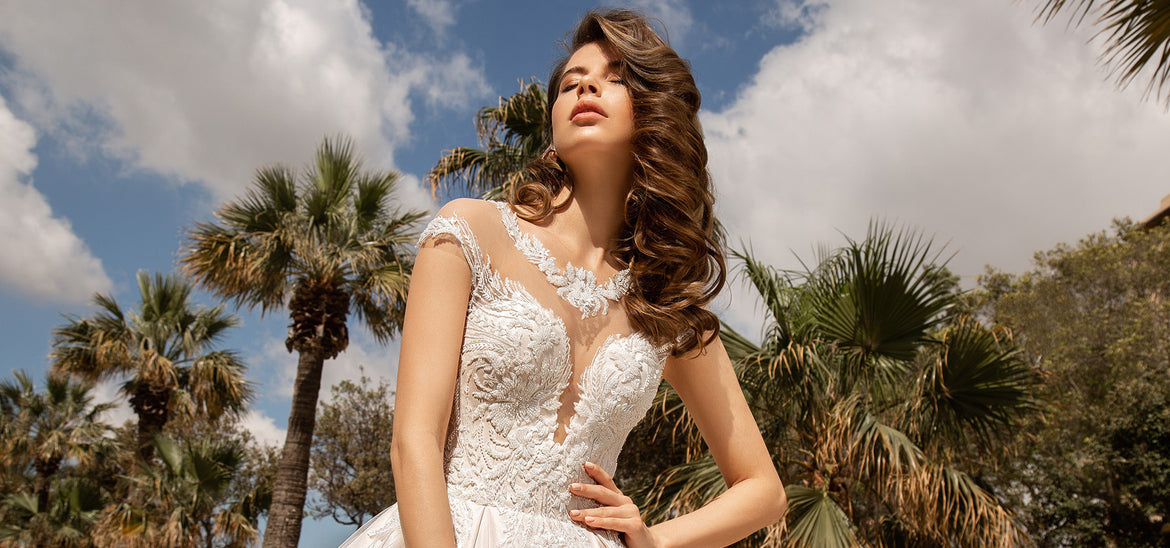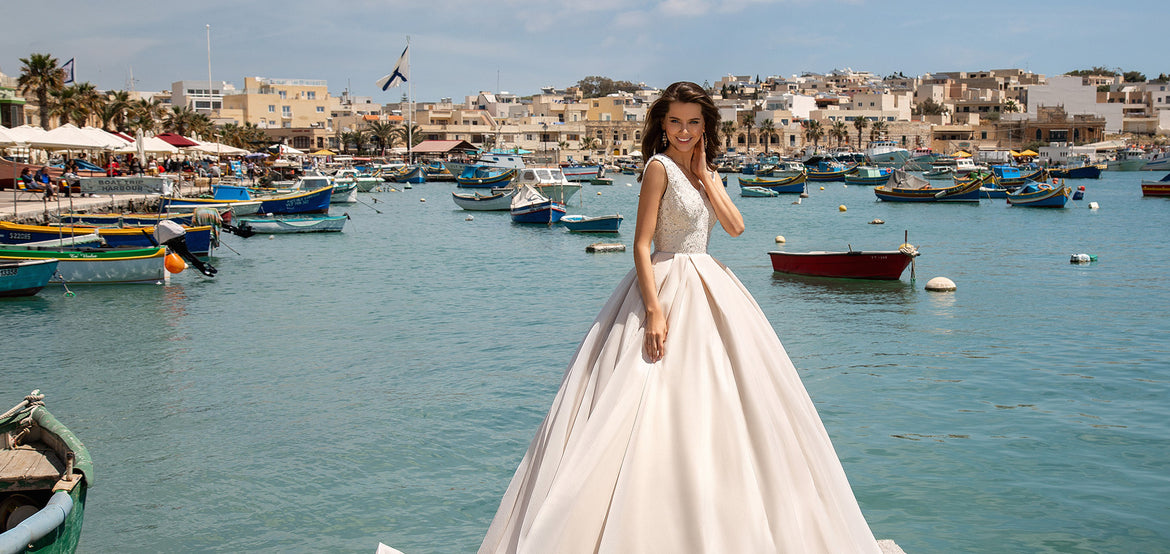Why Are Most Wedding Dresses White?
For hundreds of years, women have worn white bridal dresses as they walk down the aisle, and it is generally seen as the traditional choice to make.
However, whilst it is seen as traditional, the white wedding dress is far more recent than you may expect, and it took an era-defining spectacle of a wedding to inspire brides everywhere to don an ornate white dress.
Before 1840, women married in their best dress, regardless of colour. Occasionally they would buy a dress for the occasion, but they were rarely white and were often worn again as a regular part of a wardrobe.
It was rare to have a dress that you only wore once and then kept as a memento of the happy occasion. This was true up until Queen Victoria’s wedding.
Queen Victoria was the first queen to ascend to the throne in the era of newspapers, and given her age and various political machinations relating to her mother, her wedding to Prince Albert of Saxe-Coburg was the first Royal Wedding spectacle as we know them today.
Whilst this was also the first wedding to have photography, its biggest contribution was in the dress she wore. It was white silk satin, trimmed with Honiton lace with a matching veil, and she wore a sapphire brooch as well as diamond earrings and a matching necklace.
Whilst white is symbolic of purity and lace a sign of delicate beauty, the lace was chosen for rather more pragmatic reasons. The lace industry in Britain was struggling so Queen Victoria’s widely publicised wedding was a huge advertisement for Honiton, and the white dress showed the lace off.
It worked very well, as it would become a tradition by the start of the 20th century and endures to this day.








